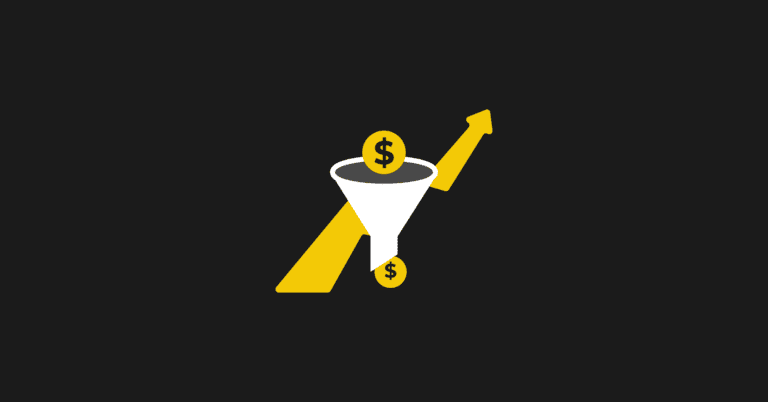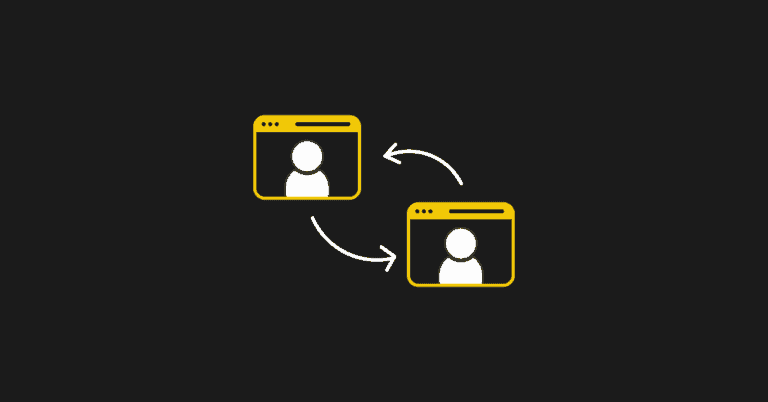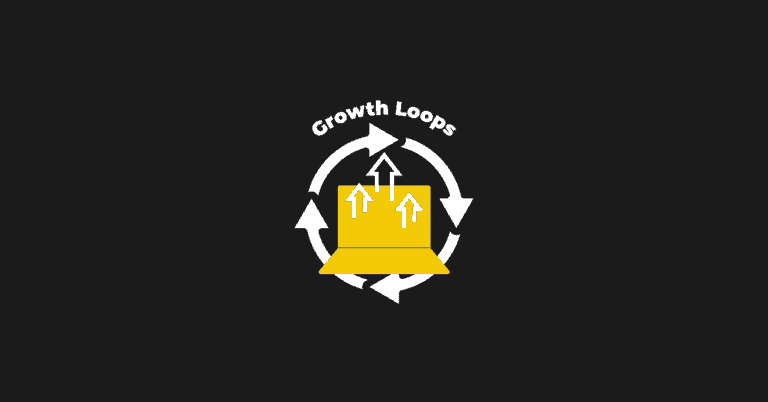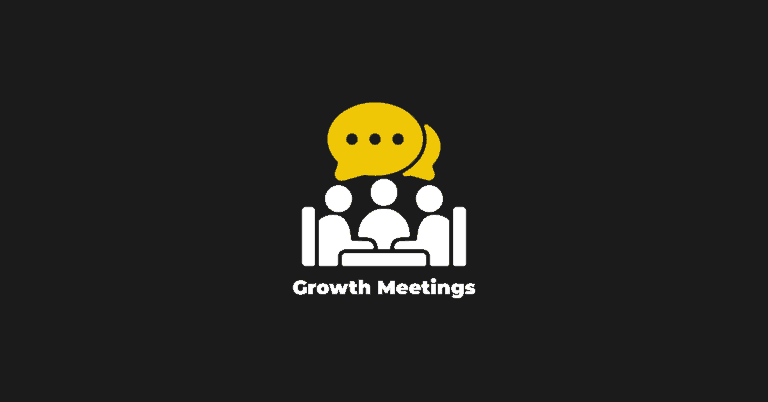There is always room for improvement in content creation and continuously learning new techniques that revamp how you approach your content.
Below, I’m going to walk you through four easy and effective ways to boost your company’s content marketing efforts through a variety of topics, including:
- Gauging the effectiveness of content
- Understanding real-time visitors engagement
- Measuring content performance
- Improving content with A/B testing
These four topics will uncover helpful tips and tricks you can apply right away to improve your SaaS content marketing process.
But before we get started, let’s talk about some basics. For example, identify the framework you’ll use to guide your research, content creation, and marketing. The PAS framework — which stands for Problem-Agitate-Solution — is a top choice.
It goes hand in hand with product-led growth (PLG) companies, as the framework forces you to think from your audience’s perspective. You must first put yourself in the shoes of your target customer. That way, you can create and share engaging content.
With that in mind, let’s dive in.
What Makes Content Marketing for SaaS Companies Different?
Difference number one is competition. No matter the industry, there are sure to be other SaaS companies standing in between you and gaining meaningful market share.
From a content perspective, overcoming your competitors means creating and distributing valuable, engaging, and relevant content. Doing so means letting your product do the talking with a product-led approach. Your content should inform prospects and doesn’t need to be over the top with sales jargon. The strength of your product is where you’ll win.
Other ways that content marketing is different for SaaS companies include:
- You’re selling a service and the technology that delivers it.
- You must focus heavily on customer retention.
- Creating and distributing educational content is job number one.
Success is often about your ability to adapt your approach to best connect with your target audience.
How to Build a SaaS Content Marketing Strategy
No two companies take the same approach to building a SaaS content marketing strategy, but there are essential foundational points to touch on. Here are nine basic steps – all of which require customization to suit your company and target market – to put you on the right path.
1. Determine Your Target Audience and Their Pain Points
The best content marketing strategy will fall flat if you’re not marketing to the right audience. Define your audience and their pain points. These are prerequisites to success.
2. Target a Specific Stage of the Buyer's Journey
Not all content is created equal. Create content guided by a specific stage of the buyer’s journey. These include but are not always limited to:
- Awareness
- Consideration
- Decision
- Retention
- Advocacy
3. Analyze Your Competition
It’s simple: when you know what your competitors are doing, you also understand what you can do to outperform them. Pinpoint your top competitors with a focus on those already winning big with content marketing.
4. Identify Your Target Keywords
Organic traffic is good, but targeted organic traffic is what you really want. Identifying your target keywords upfront improves the likelihood of eventually driving qualified prospects to your website.
5. Define Your Content Marketing Goals and Metrics
What are you working toward? How will you measure your progress? Define your content marketing goals and metrics upfront to know where you’re heading.
6. Create Your Content Production Process
Everyone approaches the content production process differently, and that’s okay. What’s not okay is pushing forward without a defined process to guide you. Not only will this cost you time, but it can also reduce your content’s effectiveness.
7. Develop a Content Distribution Strategy
Creating content is job number one, but distributing it is equally important. You also need a distribution strategy to ensure your content is viewed by as many members of your target audience as possible.
8. Measure the Effectiveness of Content Marketing
You’ve created and distributed your content. Now, it’s time to measure its effectiveness. Knowing what works and doesn’t will help you implement a more efficient creation and distribution strategy.
9. Optimize and Make the Necessary Adjustments
Finally, make adjustments to your strategy as necessary. Ditch what didn’t work and double down on the processes that generated the best results. Continually tweak your approach until it’s as close to perfect as possible.
How to Improve Your SaaS Content Marketing Strategy
We’ve discussed positioning your SaaS company for success, but now it’s time to dig deeper. Let’s examine the four ways to improve your content marketing strategy for product-led growth.
Step #1. Measuring the Effectiveness of Content
At the beginning of the creative process, you need to understand how your content works, what is effective, and how you can improve on it. Several tools can gauge the effectiveness of your content. Here are a few analytics staples to get you started:
Google Analytics: The OG
Google Analytics may already be installed on your website. If it’s not, then that’s a good starting point. The easy-to-use features of Google Analytics (GA) are particularly beneficial to content marketers to understand better which pages of their site are getting the most traffic.
To get the most out of GA. Look at both ends of the spectrum to determine what is successful and can be improved.
Other helpful features:
- Displays what sources are driving traffic to your site
- Shows how long people stay on your page
- Gives you an idea of which pages are successful and which are failing based on traffic
Don’t waste time immersing yourself in the data provided by Google Analytics. You may feel swamped at first, but you’ll soon understand what deserves your attention and what you can overlook for the time being.
Semrush: The Sidekick
To further elevate your content, use tools like Semrush that help you uncover keywords that will draw people into your content. This tool identifies keywords you should target in your writing, plus they offer search engine optimization (SEO) templates to use in the planning process. Use Semrush to look at what competitors are doing in terms of keyword focus to determine if you have gaps in your content strategy.
Consider these questions when using an SEO template:
- What writing level should you target?
- What are your competitors doing?
- How long should your content be?
- What keywords are you not targeting already that could bring more visitors to your site?
Once your content is live, use the Semrush analyzer tool to look at how many backlinks your content is getting or how different keywords are performing. Semrush, coupled with GA, can help you spot trends and opportunities to influence your content strategy.
Step #2. Understand User Engagement
Looking at how much traffic your content gets is a great first step to identifying strong and weak content. The next step is to understand how people interact with your content.
The content marketing tools below measure how visitors view your content, what they do on your page, and how you can use those insights to improve your content further.
Scroll Heatmaps: The Visual
Ever wonder how much of your content people are reading? Scroll heatmaps can help you understand how far visitors scroll down a page before they leave.
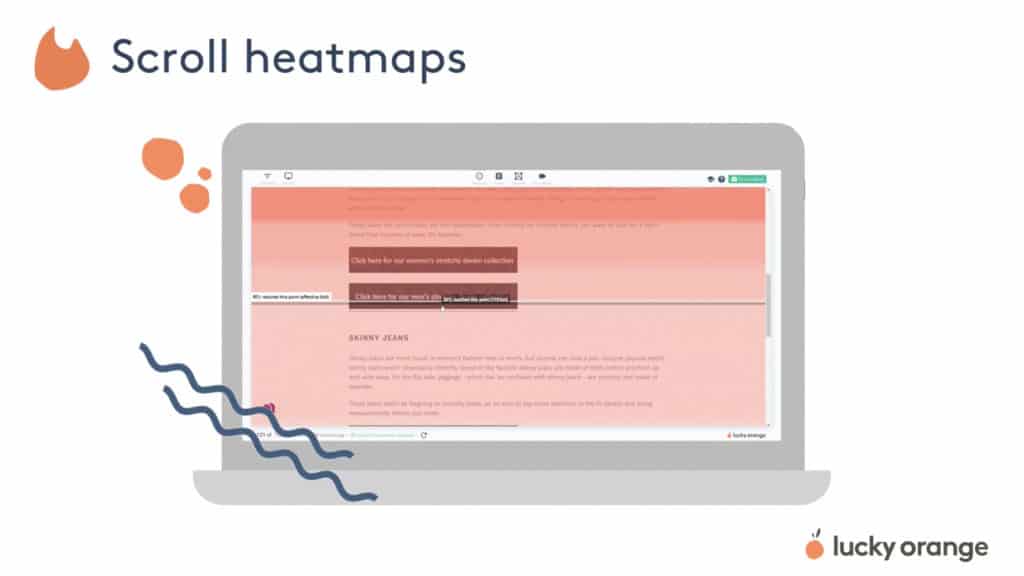
Use a scroll heatmap to:
- Understand how much of your content visitors read.
- Know which call to action (CTA) is getting seen.
- Identify where the effective fold is on your page – the point where most visitors stop reading.
Click Heatmaps: The Opportunity
Like scroll heatmaps, click heatmaps are another visual tool to understand visitor engagement with your content by looking at what people click. Use a tool like Lucky Orange to review click heatmaps to understand better how visitors interact with different areas of your content.
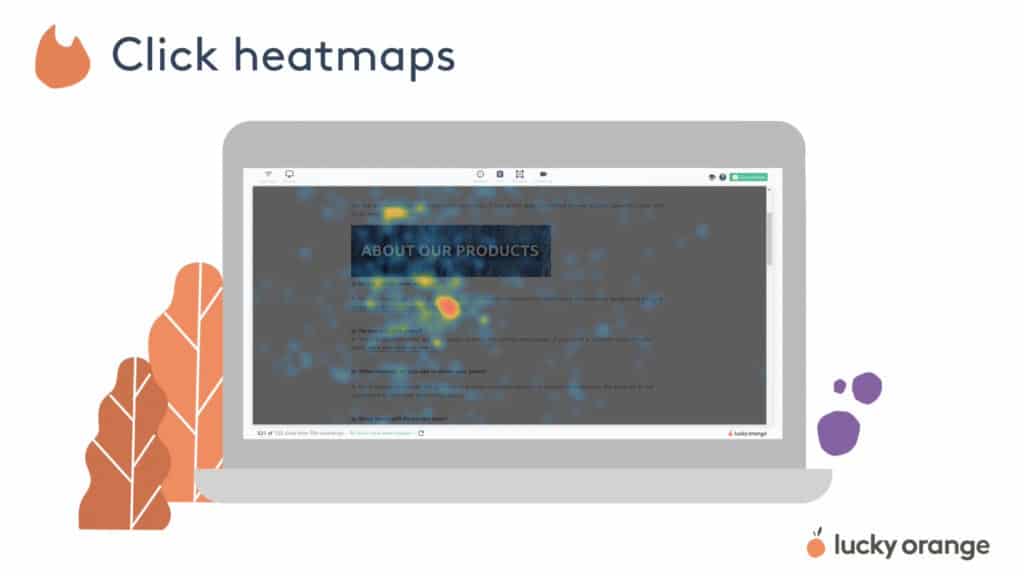
Click heatmaps can help you see:
- Engagement with links, CTAs, videos, or images.
- Distractions visitors come across on the page.
- Page elements visitors think should be clickable but aren’t.
Surveys: The Insight
Heatmaps provide a good understanding of how a group of visitors engages with your page. Conversely, surveys give you a chance to engage with individual visitors.
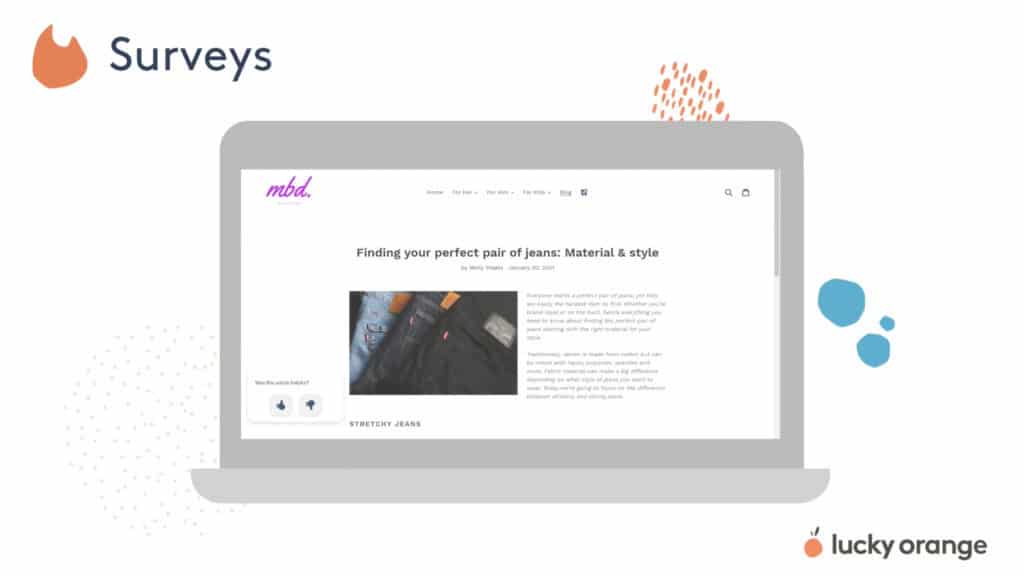
Including a simple prompt to take a survey at the end of your content helps to:
- Give added content to potentially misleading or confusing content metrics.
- Receive feedback on what your visitors want to read.
- Understand what content is valuable and what isn’t.
Comparisons: The Decision
Use comparative metrics to understand what successfully drives visitor engagement and what doesn’t. This final process reveals additional improvements to revamp your content marketing efforts.
Finetune your content by comparing the following:
- Mobile vs. Desktop: Determine the value of long-form and short-form content by looking at visitor engagement on different devices.
- Traffic Sources: Understand the difference in engagement between traffic sources like Facebook or PPC to refine what content is effective for each platform.
- Returning Visitors vs. First-Time Visitors: Observe how new and existing visitors engage with content. Give people a reason to return to your content and engage with it over time.
- Compare Browsers: If you are still struggling to understand why your content is not doing great after evaluating the above parameters, look at the web browser your visitors are using to consume your content. There could be a technical issue with your content, or perhaps your website isn't displaying correctly on that browser.
Step #3. Set Measurable Goals
Making content better is impossible if you don’t start with a goal focused on what you want to improve.
Setting measurable SaaS goals helps you achieve better and more consistent results.
Focus on goals that are measurable but also realistically attainable.
Start with goals that focus on the part of the customer journey you’re targeting with a specific piece of content.
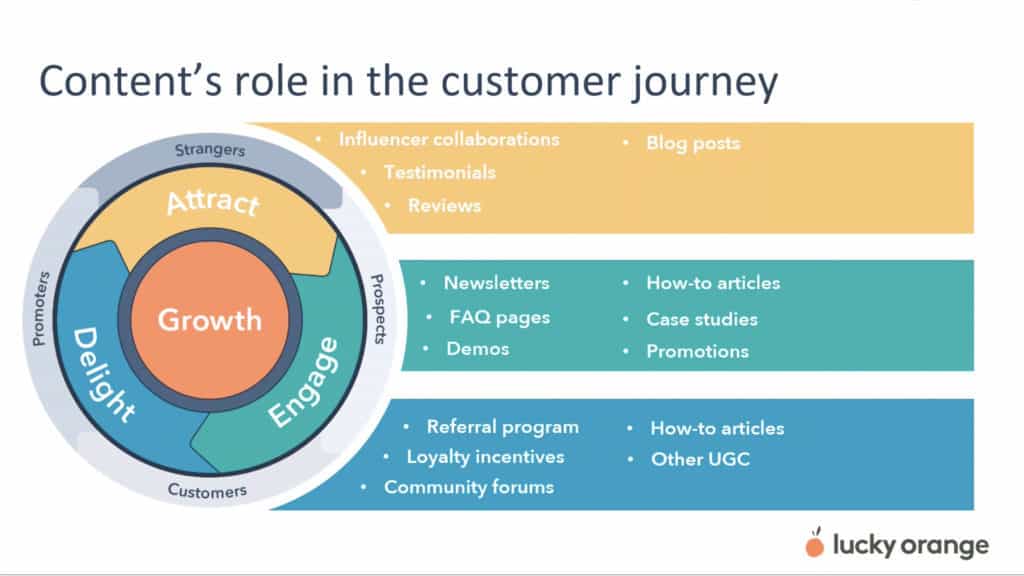
As a content creator, you need to understand what content is vital to the user at each stage of the customer journey flywheel from start to finish.
Attract Stage - Acquire New Prospects
At the beginning of the journey, look at what will attract customers to your site or page. Don’t think about how your content converts. \Instead, focus on how many new visitors you can bring to your page at this stage.
Remember that the attraction stage of the customer flywheel will likely require multiple touchpoints to convert a visitor to a lead. Use testimonials, reviews, or blog posts to boost credibility with new visitors.
Engage Stage - Turning Prospects Into Customers
During the engagement stage, visitors have likely visited your site and evaluated how you stack up against your competitors. Most likely, these customers have signed up for your newsletter or engaged with demo content, case studies, or promotions on your site. Make sure you have content focused on converting these prospects into loyal customers.
Delight Stage - Customers Become Loyal Promoters
Your content strategy shouldn’t stop at customer acquisition. Don’t forget to include content pieces that allow your customers to share their successes so they can help you acquire more paying customers. Implement referral programs, loyalty incentives, or community forums to give your happy customers a chance to become promoters of your business.
This never-ending cycle of delighting users shows how flexible your content has to be at each stage of the customer journey. Content marketing efforts are vital to attracting and retaining customers throughout the experience.
4. Put It to the Test
Once you’ve worked through steps one through three above, you can move into creating hypotheses for A/B testing to refine your content further. A/B testing lets you trial different content approaches to see which resonates most with your audience.
Good A/B tests start with a hypothesis and let the test prove or disprove whether or not your assumptions were correct.
Consider testing and evaluating the following content-specific hypotheses:
- Short-form content will receive more engagement and read-through than long-form content.
- Leading with product benefit messaging will generate higher conversions than leading with brand messaging.
- Changing the order of my product messaging will result in higher conversion rates.
- A CTA button with an email submit will result in more completions than a form submit CTA.
- Video content will increase the time visitors remain on a page.
As a product-led growth company, you should also test how your privacy and security messaging impact conversion rates. Study whether visitors who study your privacy and security messaging are more likely to convert than those who don’t. If you see a connection, test weaving that confidentiality and security messaging into more touchpoints - like email outreach, newsletters, and landing pages - to see these convert at higher rates.
Is it Time to Alter Your SaaS Content Marketing Strategy?
Finding what type of content resonates with visitors is an ongoing journey. What works for your audience today can shift over time as content consumption behaviors change.
Consider how visitors interact with your content, the engagement it receives, and what you can do to improve continuously. Ask yourself two questions: what is enabling the success of your content? What is deterring success?
To see if content types are falling out of fashion with your visitors, revisit the steps above to get to the bottom of what interests your visitors. Try new approaches and find what works best for your business.
Demand Gen Report’s 2020 Content Preferences Study reports that consumers are leaning on content to educate themselves and expect a richer content experience.
Gone are the days of sharing low-quality content in hopes of higher search engine rankings. This practice will cause more harm than good. You need a well-defined and comprehensive content marketing strategy to accelerate product-led growth in today’s competitive online environment.
Learn more about product-led growth strategies and how to improve your content marketing process by signing up for our free PLG fundamentals course. It could be the first step on your journey to greater success.







